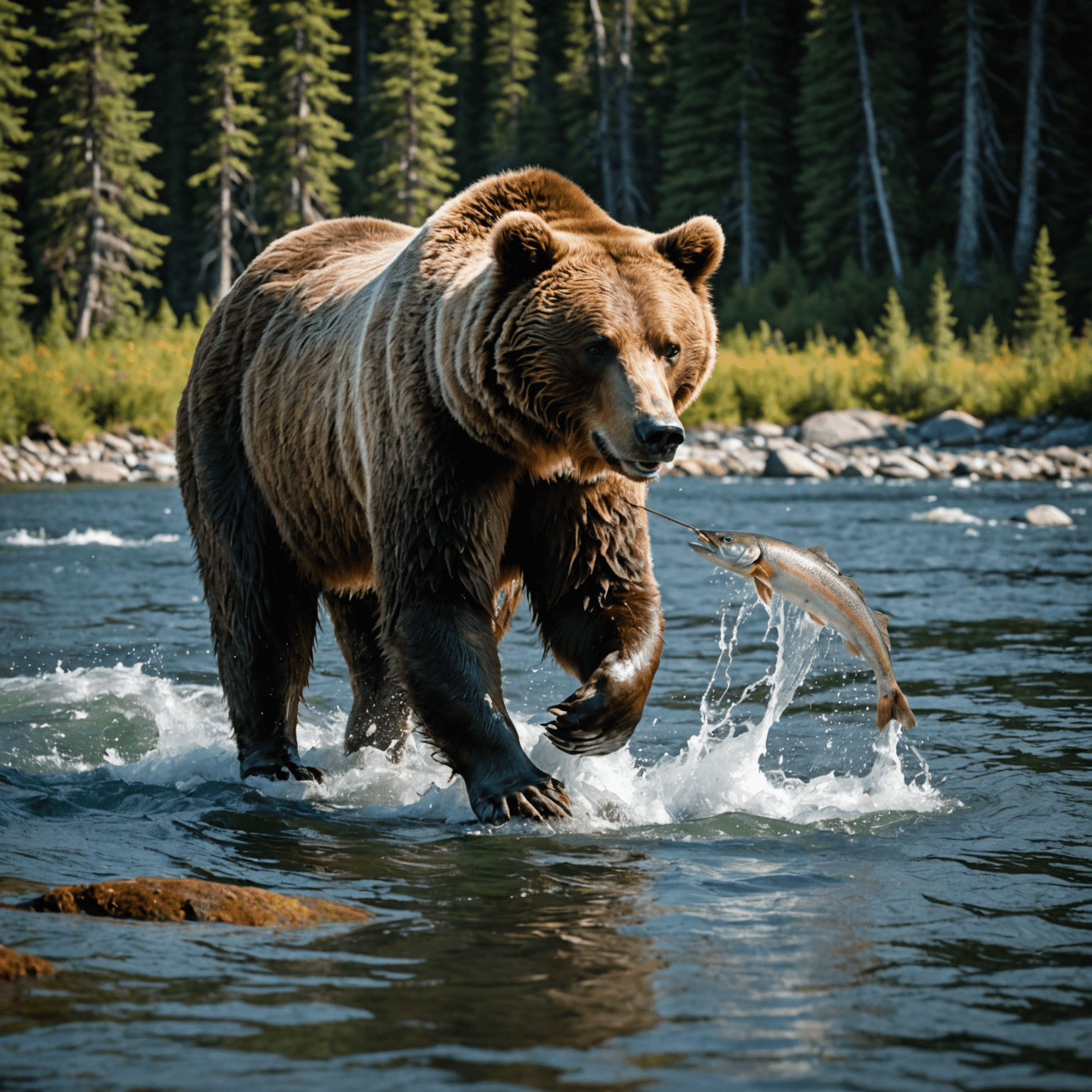Environmental Issues and Initiatives in Canada

Canada, known for its vast natural beauty, is not immune to environmental challenges. From climate change to habitat loss, the country faces a range of issues that threaten its ecosystems and biodiversity. However, Canada is also taking significant steps to address these challenges through various initiatives and projects.
One of the most pressing environmental concerns in Canada is climate change. The country has experienced warming at twice the global average rate, leading to rising sea levels, more frequent and intense wildfires, and melting permafrost. To combat this, Canada has committed to reducing its greenhouse gas emissions by 30% below 2005 levels by 2030. This goal is being pursued through a combination of measures, including the implementation of a national carbon pricing system, investments in clean energy, and the phase-out of coal-fired power plants.

Renewable energy is a key focus of Canada's efforts to reduce its carbon footprint. The country has abundant renewable resources, including hydropower, wind, and solar. In fact, Canada is already a world leader in hydroelectricity, with over 60% of its electricity coming from this clean source. The government is also investing in the development of other renewable energy projects, such as offshore wind farms and solar arrays, to further diversify its energy mix.
Another significant environmental issue in Canada is the loss of biodiversity and habitat. The country is home to a wide range of unique ecosystems, from the boreal forests of the north to the grasslands of the prairies. However, many of these habitats are under threat from human activities, such as logging, mining, and urban development. To address this, Canada has established a network of protected areas, including national parks, wildlife reserves, and marine protected areas. These areas aim to conserve representative samples of the country's natural regions and protect threatened species and ecosystems.

Conservation efforts in Canada also extend to individual species. The country is home to many iconic animals, such as the polar bear, caribou, and orca, which are facing various threats to their survival. To protect these species, Canada has implemented recovery strategies and action plans that aim to address the specific threats they face, such as habitat loss, pollution, and climate change. These plans involve a range of measures, including research, monitoring, and on-the-ground conservation actions.
In conclusion, while Canada faces significant environmental challenges, it is also taking proactive steps to address them. Through a combination of emissions reduction targets, renewable energy investments, protected areas, and species conservation efforts, the country is working to safeguard its natural heritage for future generations. As Canada continues to grapple with the impacts of climate change and other environmental pressures, it will be crucial to maintain and strengthen these initiatives to ensure a sustainable future for all.